rapid fix small 6121717
$36.19
Description
RAPIDFIX BONDS ALMOST ANYTHING …
RapidFix will bond most materials, but some materials are not well-suited to repair by RapidFix.These include polyethylene (the black plastic hoses commonly used in reticulation systems), foam, teflon and other fluorocarbons. Because RapidFix bonds in the absence of air, porous materials such as paper are not great candidates for RapidFix repairs. Also, RapidFix dries hard, so is not ideal for repairs requiring flexibility. Use the combination instead of solder – it is non-conductive and creates a water-tight, insulated seal – no need for insulation tape.
SURFACE PREPARATION
RapidFix is an anaerobic technology and bonds only in the absence of air. Therefore, it works best on clean, flat surfaces. RapidFix bonds with the surface of materials on a molecular level. If the surface has dirt, grease or oil on it, the bond will be formed with them instead of the surface itself. Therefore, surfaces to be glued should be clean and dry before applying RapidFix. Timber should be sanded or planed flat with paint, varnish or glue residue removed.
DRYING CHARACTERISTICS
RapidFix is an anaerobic technology and bonds only in the absence of air. Handling is possible after 1–3 minutes: you can sand it, drill it, file it, grind it, tap it, paint it – all within minutes. RapidFix cures 100% after 24 hours. Rapidfix Professional Adhesive dries clear. When used with RapidFix Welding Powder, it dries white. However, you can paint it any colour you wish.
SHELF LIFE
RapidFix Professional Adhesive will not dry out under normal use. To help extend the product’s life, make sure you keep the adhesive nozzle clean and secure the cap. If stored out of direct sunlight in temperatures up to 20º C, shelf life is around two years. Shelf life doubles if RapidFix is refrigerated or kept below 5º C.
HOW TO CLEAN UP A SPILL
To remove the RapidFix, soak the bonded area with your chosen solvent in a well ventilated area. Acetone (commonly found in nail polish remover) is effective at removing RapidFix from many surfaces. However, be aware that acetone is a powerful solvent and can damage some types of plastic. A safer solvent is nitromethane which can usually be found at specialty hobby stores. Look for products called “de-bonders” containing the nitromethane component. Be sure to test the solvent on an inconspicuous area before applying.
SAFETY & PRECAUTIONS
We recommend using RapidFix in a well-ventilated area. If you get it on your skin, don’t worry – RapidFix is non-toxic. Like other adhesive agents, if you get RapidFix on your skin, the best choice for getting it off is simply waiting. When dry, RapidFix flakes off in a matter of hours. Be sure to rinse the area thoroughly after de-bonding. If your fingers are stuck fast, soak the bonded area in warm, soapy water. Carefully peel or roll the skin apart, gently and slowly. By rolling the skin, you will gradually diminish the bonds between the RapidFix molecules.
Additional information
| Weight | 0.2 kg |
|---|

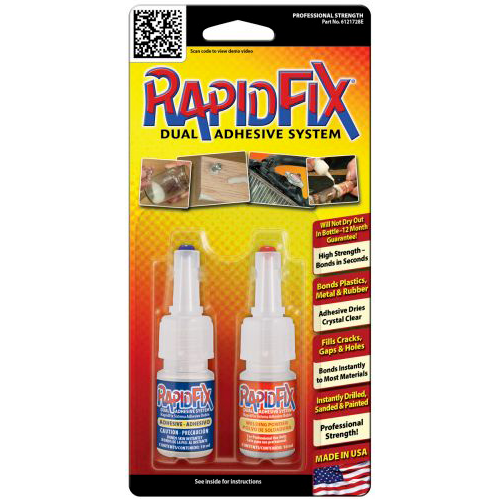
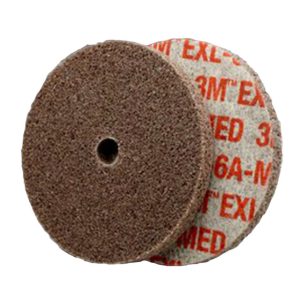
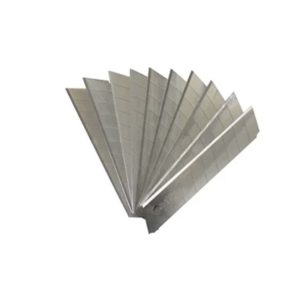
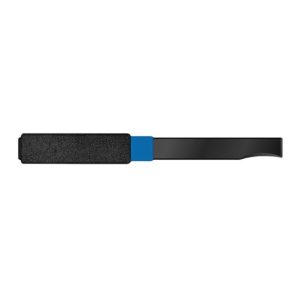
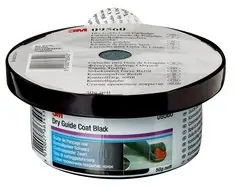
Reviews
There are no reviews yet.